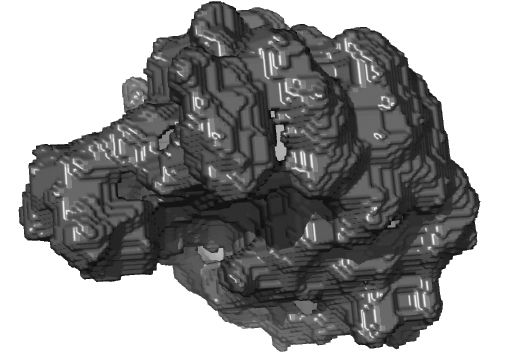
Background
3D imaging has been a breakthrough in the analysis of an object, particularly in healthcare analysis. However, current 3D imaging requires manual input of information, for example, a specific bounded region, thus making the 3D image inaccurate. Along with that bias, current 3D imaging removes anything within said system, such as bodily fluids. Although there are protocols to have such fluids removed, it is unpleasant and prevents system users from taking examinations.
Technology
Marking voxels are placed through a system, creating rendered images throughout, thus creating a 2D planar project of the 3D closed system. The visualization in 2D allows users to see any missing attributes of the system, allowing them to pinpoint specific areas. The voxels also allow for electronic cleaning of a virtual object and border region identification for the system.
Advantages
-More Accurate -Less Harmful -Lower Risk to System
Application
-Healthcare -Clinical -Medicine -Examination
Inventors
Arie Kaufman, Distinguished Prof. & Chair, Computer Science
Mark Wax, Associate Professor, Radiology
Ingmar Bitter, ,
Frank Dachille, ,
Kevin Kreeger, ,
Sarang Lakare, ,
Jerome Liang, Professor, Radiology
Licensing Potential
Development partner,Commercial partner,Licensing
Licensing Status
Available for licensing.
Licensing Contact
Donna Tumminello, Assistant Director, Intellectual Property Partners, donna.tumminello@stonybrook.edu, 6316324163
Patent Status
Patented
[US7706600](https://patents.google.com/patent/US7706600)
Tech Id
7539
